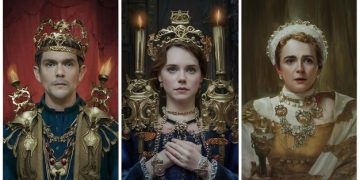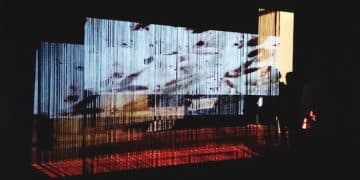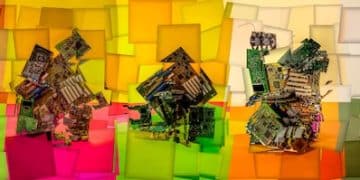Limited Series Cinematography: 5 Shows with Stunning Visuals
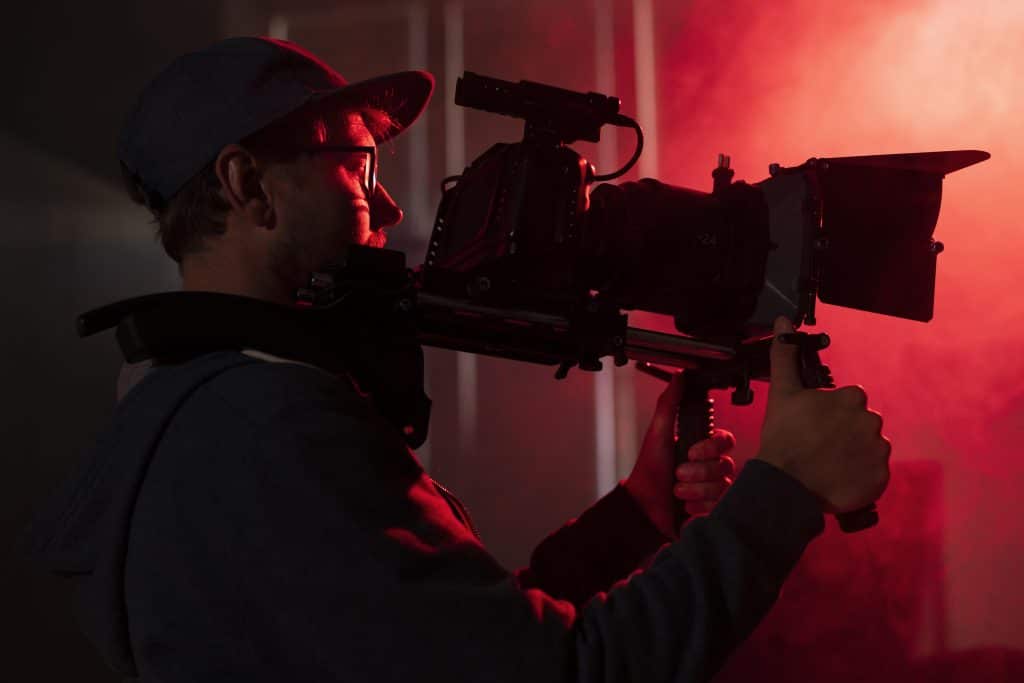
Limited series cinematography involves crafting a distinct visual language to enhance storytelling within a concise narrative arc, creating memorable visual experiences. This will be illustrated through an analysis of five critically acclaimed limited series, highlighting how each utilizes cinematography to create a unique and impactful narrative.
The art of limited series cinematography lies in its ability to condense powerful visual storytelling into a short, impactful run. Let’s dive into five critically acclaimed limited series, exploring how their cinematography elevates their narratives and captivates audiences.
What is Limited Series Cinematography?
Limited series cinematography is a specialized area within filmmaking. It requires a unique approach, balancing the creation of a compelling visual narrative within a predetermined, concise timeframe. This contrasts with ongoing series that have the luxury of developing visual themes over multiple seasons.
The key is to quickly establish a distinct visual identity that supports the story’s themes and character arcs. Think of it as visual storytelling in its most concentrated form, where every shot counts and contributes to the overall impact.
Key Elements of Cinematography in Limited Series
Several elements contribute to the immersive experience of watching a limited series. Each component harmonizes to deliver a polished cinematic experience.
- Visual Storytelling: Using visual cues to enhance the narrative. This includes color palettes, camera angles, and lighting.
- Character Development: Cinematography can emphasize subtle things about the characters and their mindsets through visual cues.
- Atmosphere and Tone: Skilled cinematography can use these techniques to create a consistent mood.
Ultimately, limited series cinematography is about maximizing visual impact within a condensed format. This will enhance the narrative and provide viewers with a visually rich and memorable experience.
‘The Queen’s Gambit’: A Masterclass in Composition and Color
“The Queen’s Gambit” stands out for its meticulous cinematography, which beautifully mirrors Beth Harmon’s journey from a troubled orphan to a chess prodigy, thanks to its exceptional cinematography. The show uses composition and color to emphasize Beth’s experiences.
The cinematography supports the emotional depth of the story, allowing the audience to be totally absorbed in Beth’s world.
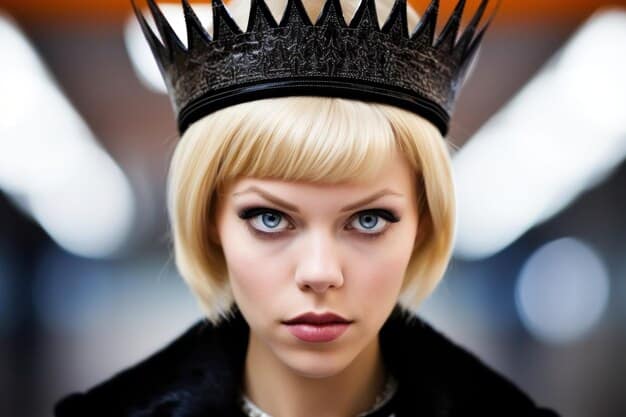
Use of Color
The show’s color palette evolves with Beth’s character arc. Initially, drab and muted tones represent her institutional life. As Beth becomes more successful, the colors brighten and become more vibrant reflecting her growing confidence and sophistication.
The production design combined with cinematography emphasizes those character shifts, making the changes feel natural.
Dynamic Camera Movement
Camera movement in ‘The Queen’s Gambit’ mirrors the intensity and complexity of chess. The camera sweeps across chessboards, emphasizing the strategic thinking inherent in a game.
These movements keep viewers completely engaged. Capturing the inner turmoil and intense concentration felt by Beth.
“The Queen’s Gambit’s” visuals support the audience’s understanding of her emotional and intellectual journey. The cinematography acts as a guide and enhances the narrative.
‘Mare of Easttown’: Gritty Realism Through a Naturalistic Lens
“Mare of Easttown” distinguishes itself through its committed realism and a naturalistic cinematography style. The show portrays the harsh realities of a small Pennsylvania town, focusing on Mare Sheehan’s personal life struggle.
The cinematography does not glamorize, it emphasizes the emotional and physical weariness of the characters.
Unflinching Camera Work
The cinematography in “Mare of Easttown” uses mostly handheld cameras and unobtrusive angles. These techniques enhance the atmosphere of the town, creating a strong sense of realism.
This approach allows the audience to feel closer to Mare, sharing her struggles and insights as if they were also community members.
Subdued Lighting
Lighting is an integral component of the show, the gray skies and dimly lit interiors mirror the general feeling of the town, and the constant struggles being felt by its inhabitants.
It sets the tone for each scene, allowing the viewer to appreciate the realism of events.
This method keeps it looking real, by mirroring real-world lighting. “Mare of Easttown’s” cinematography perfectly aligns with the story, thereby deepening the audience’s connection.
‘Chernobyl’: Visualizing an Invisible Threat
“Chernobyl” approaches it’s cinematography by focusing on the environmental and human consequences involved with this disaster. Through a compelling visual technique, this series depicts an invisible threat that impacts everything.
The show provides a chilling representation of an event, that showcases the environmental degradation that endures today.
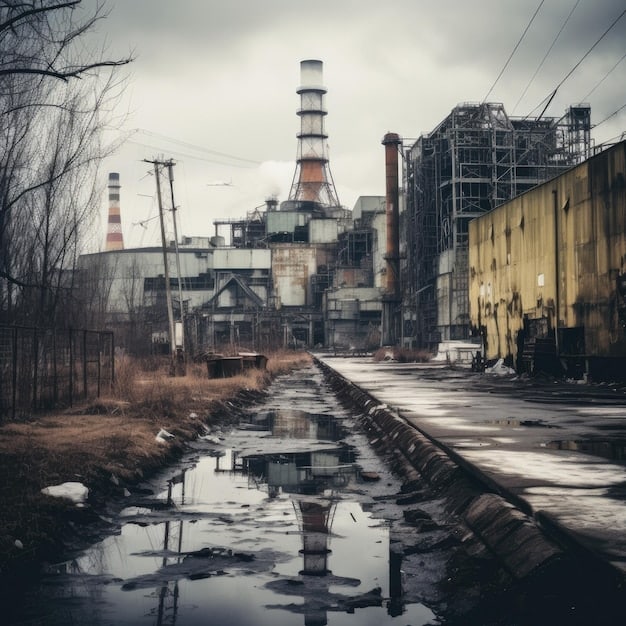
Color Deaturation
The series employs color desaturation. The color desaturation renders the world in unsettling tones, accentuating the toxic and corrosive nature of the radiation. The cinematography choice emphasizes the idea that you cannot see radiation.
That method emphasizes the sense that everything they are in contact with is contaminated, thus contributing to the disturbing vibe of the show.
Extreme Close-Ups
The cinematography uses many extreme close-ups of the character’s faces, highlighting visible effects. This allows the audience to observe the physical toll that the incident takes on people
Those close ups help showcase the seriousness of what has happened, letting the audience see the real-world effects radiation had on the human body.
- Human Consequences
- Environmental impact
- The seriousness of the situation
‘Unbelievable’: Restrained Cinematography, Amplified Impact
“Unbelievable” utilizes understated cinematography to center around the stories of its characters. The show avoids sensationalizing the events. This cinematography approach respects the narratives of those involved.
The restraint and deliberate style of filming adds weight to the plot.
Understated Camera Techniques
The camera movement in “Unbelievable” is minimal. This technique is intended to avoid any visual distractions that could overshadow the serious themes in the show.
Allowing viewers to focus on the development of the plot, making the cinematography complement the tone of the show.
Natural Lighting
The series focuses on natural lighting and real-world settings. As such, the authenticity helps bring the narrative to the forefront. The show creates an immersive experience.
By using this method, the impact of the story is greater. The result is more intimate, the audience feels the weight of events.
The decisions in “Unbelievable” create a supportive, respectful viewing, emphasizing the power of authentic and character focused storytelling within the realm of the limited series.
‘When They See Us’: Capturing the Human Element
“When They See Us” is remarkable for its human way of capturing the emotional complexity of the five young men. This story needed to be told with sensitivity and attention to detail, allowing the audience to connect with the subjects.
The cinematography captures the raw emotions involved in this true story.
- Raw emotions
- Character development
- True crime
Intimate Close-Ups
The cinematography in “When They See Us” uses intimate close-ups to capture the emotions of the actors. Emphasizing the vulnerability and the emotional impact of their ordeal.
Those shots are extremely important. They deepen the audience’s relationship and understanding of what the actors are going through.
Shifting Perspectives
The series shifts perspective between the accused, their families, and the legal teams involved in the case; offering a comprehensive view of the issues. This technique helps establish the characters backgrounds and motivations.
Those decisions contribute to a better viewing experience, where the audience feels like they are really there. Making the issues hit that much harder.
| Key Aspect | Brief Description |
|---|---|
| 🎨 Color Palette | Sets the emotional tone and supports character arcs. |
| 🎥 Camera Techniques | Enhances realism and deepens audience connection. |
| 💡Lighting | Mirrors emotional states, increases realism. |
| 🎭Character Focus | Emphasis on human aspects of stories. |
Frequently Asked Questions
Color is essential in cinematography because it sets the mood, highlights themes, and represents character development. Varying colors emphasize various emotions during the show.
Camera angles dictate perspective. Over-the-shoulder shots show character perspectives, wide shots create a sense of scale. Camera movement should always be used to guide the viewers eye.
Natural lighting increases realism, connecting characters within their surroundings. It avoids artificiality, helps in a more genuine and relatable on-screen atmosphere, and is thus important to many productions.
Cinematography becomes intentional in limited series, enhancing the narrative and providing a visually attractive experience, establishing the tone and style in each episode that reflects the story elements.
Through lighting, camera angles, and set design. These components highlight character traits. By using those components well, it adds depth and provides insights into their journeys, and their internal traits.
Conclusion
In summary, the cinematography employed in critically acclaimed limited series goes beyond just capturing images; it serves as a fundamental storytelling device. By examining shows like “The Queen’s Gambit,” “Mare of Easttown,” “Chernobyl,” “Unbelievable,” and “When They See Us,” we’ve seen how strategic use of color, camera angles, and lighting can dramatically enhance narrative depth, emotional impact, and overall viewer engagement, making each series a visually compelling experience.
